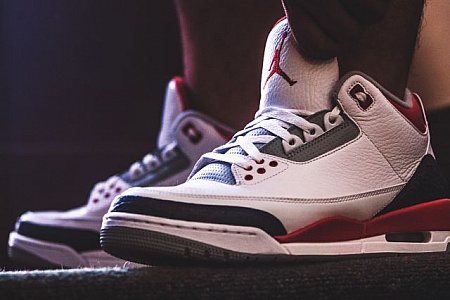As a seasoned authority in the realm of sports and fitness, I have dedicated my career to unraveling the intricacies of athletic footwear, with a particular focus on basketball shoes. In this comprehensive discourse, we delve deep into the world of basketball footwear, exploring their evolution, design principles, and the critical factors that define their performance.
Evolution of Basketball Shoes: From their inception to the present day, basketball shoes have undergone a remarkable evolution, transitioning from rudimentary canvas sneakers to high-performance marvels engineered for the rigors of the game. Dating back to the early 20th century, the earliest basketball shoes were simplistic in design, offering minimal ankle support and cushioning. However, as the sport grew in popularity and athleticism, so too did the demand for specialized footwear.
- Ankle Support: A hallmark feature of basketball shoes is their heightened ankle support, designed to mitigate the risk of sprains and injuries during quick lateral movements and sudden changes in direction. Traditional high-top designs provided ample ankle coverage, but recent innovations in materials and construction techniques have led to the development of mid-top and low-top options that offer comparable stability without sacrificing mobility.
- Cushioning Technology: Another pivotal aspect of basketball shoe design is cushioning technology, which plays a crucial role in shock absorption and energy return. Modern basketball shoes utilize a variety of cushioning materials, including Nike’s Air technology, Adidas’ Boost foam, and Under Armour’s HOVR cushioning, each offering unique properties tailored to the needs of different players and playing styles.
- Traction Patterns: Traction is paramount in basketball footwear, as it directly impacts a player’s ability to make quick cuts, stops, and accelerations on the court. Innovative traction patterns, such as herringbone, multidirectional, and hexagonal patterns, are strategically engineered to provide optimal grip on various court surfaces while minimizing slippage and maximizing agility.
Performance Enhancement:
- Dynamic Fit: The integration of dynamic fit systems, such as Nike’s Flywire cables or Adidas’ TPU overlays, enhances lockdown and stability, ensuring a secure, glove-like fit that eliminates slippage and reduces the risk of injury during play.
- Responsive Cushioning: Advanced cushioning technologies, such as Nike’s Zoom Air or Adidas’ Boost foam, offer unparalleled responsiveness and energy return, allowing players to unleash explosive bursts of speed and power without sacrificing comfort or support.
Injury Prevention:
- Ankle Support: Enhanced ankle support and stability features help prevent common basketball injuries, such as ankle sprains and ligament tears, by minimizing excessive ankle movement and providing reinforcement during lateral movements and landings.
- Impact Protection: Superior cushioning and shock absorption properties protect players from the repetitive impact forces associated with jumping, landing, and sudden stops, reducing the risk of stress fractures, shin splints, and other lower limb injuries.
Conclusion: In conclusion, basketball shoes represent the epitome of performance-driven footwear, blending cutting-edge technology, innovative design, and ergonomic principles to elevate the game of basketball to new heights. By understanding the key elements that define basketball shoe design and selecting the right shoes based on individual playing style and preferences, players can optimize their on-court performance and compete with confidence, agility, and resilience.



